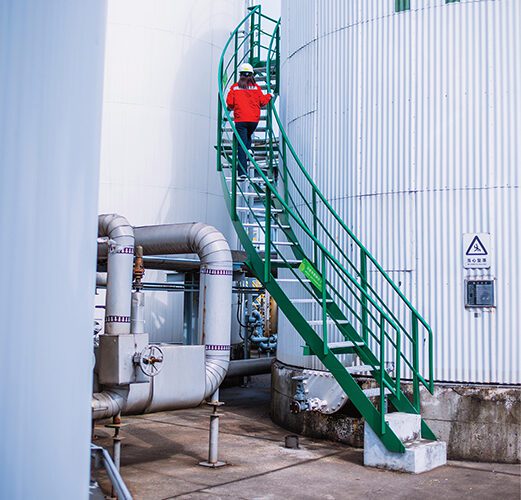Energy Harvesting Overcomes the Challenge of Limited Battery Life in IoT Devices
Product developers of IoT devices constantly are considering better ways to power their devices. Batteries are a typical choice, but in many cases, the sensors of the device last longer than the battery. Battery limitations become even more of a hurdle for IoT devices in remote areas, as when the battery in the device dies, a technician must travel to the sensor to make a replacement.
Take, for example, an offshore oil rig that uses an embedded sensor to monitor the condition of its underwater pumps. To reach the pumps, a technician must take a boat several miles out to the rig, then dive below the surface of the ocean to access and replace the dead battery.
The amount of labor required to replace a battery ultimately detracts from the devices ability to function independently in a remote setting. Rather than power devices with batteries, product developers are designing devices that harness the power of ambient energy sources.
Energy Harvesting: A New Solution to Limited Battery Life
Unlike battery-powered devices, energy harvesting devices use ambient energy sources, like solar, kinetic, and tidal motion, to power themselves. Because ambient sources of power are continuous and readily available, energy harvesting increases the lifetime of a device and minimizes routine battery maintenance. If a product developer has a good idea of where their products will be placed while in use, they can design them to utilize the surrounding ambient energy source.
Solar Power
In the same way that solar panels supply power entire homes and office buildings, small-scale solar cells can supply energy to outdoor devices like weather station sensors and connected street lamps.
Kinetic Energy
Wearable IoT devices like heart rate monitors can be powered by the vibrational energy generated from the body of a wearer.
Tidal Motion
Energy harvesting technology can convert surface level and deep water ocean waves into electrical power with a piezoelectric effect. In the case of an offshore oil rig, a piezoelectricity mechanism built into the underwater pumps can harvest energy from surrounding tidal motion to power the IoT-connected sensors. These sensors then can freely monitor the condition of the pumps on the oil rig and send data to a remote operator without ever having to be serviced for a dead battery.
Extending Product Life by Optimizing Power Consumption
The concept of energy harvesting assumes that there is free energy everywhere that can be used on demand, although there are certain devices that may not have access to ambient energies. For example, an edge computing node located in an underground parking garage in a metropolitan area may not have enough access to solar, vibrational, or thermal energy to stay consistently powered. In cases where ambient energy sources are unavailable or unfeasible to use, product developers can focus on improving the design of their IoT devices to minimize the amount of energy they require to function.
Incorporating sleep state features is one way to minimize power consumption. Product developers can also manage power consumption during a products waking state by fine-tuning the functions of the connected device, like the frequency of data collection and communication.
Connect Your Devices with Aeris
Long-lasting IoT systems need a network solution that is equally sophisticated as the devices it connects. At Aeris, we are committed to providing secure, reliable networks for IoT products across industries, and work with companies interested in new ways of improving their products. To learn more, Contact Us today.




